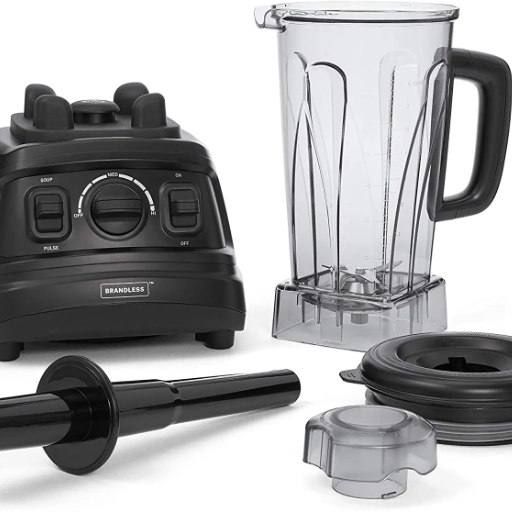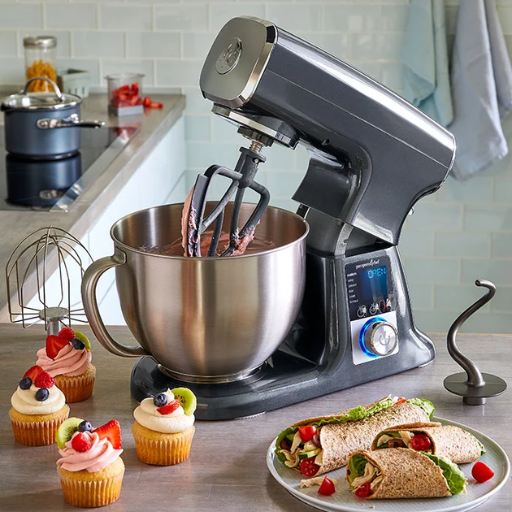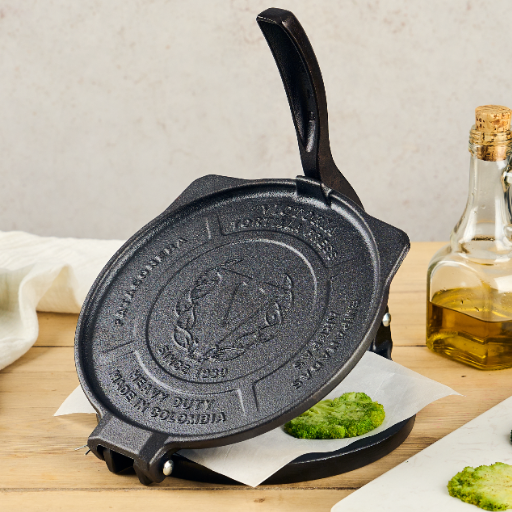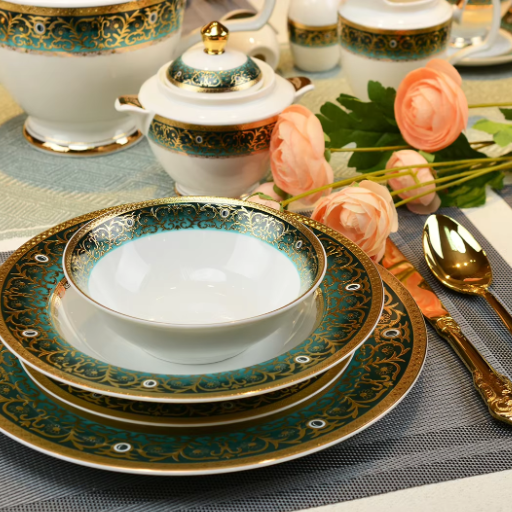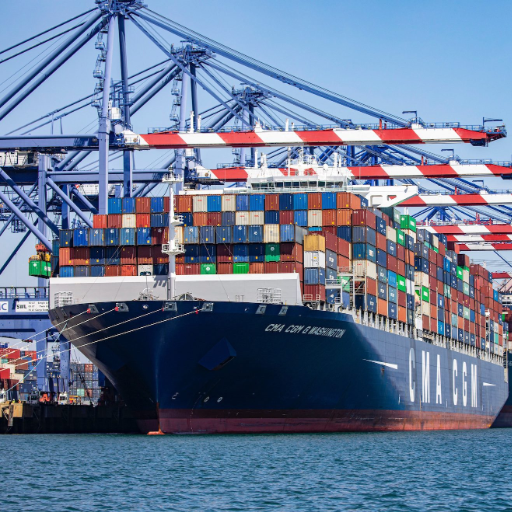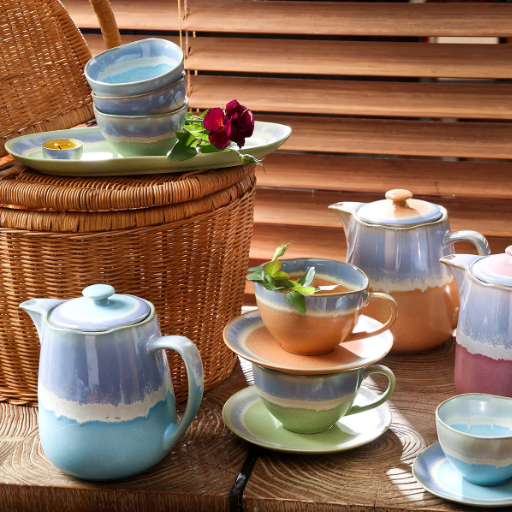To have a delightful tea experience, the selection of the teapot to use is very crucial. For a café, retail shop, or personal collection, knowing how to select the right teapots in bulk will be efficient and economical. This guide will explain everything needed for bulk buying from material recognition, flavor enhancement, design functionality, and maximized bulk value spending. After reading this guide, you will know how to select the teapots to suit your serving style and your workflow while achieving elegance and ease in every pour.
What Are the Benefits of Buying Teapots in Bulk?
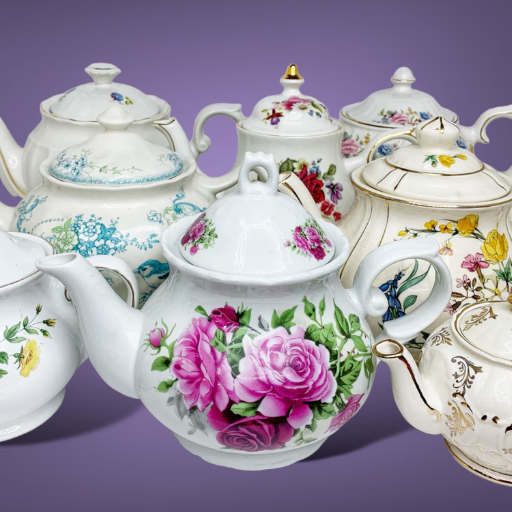
- Cost-Effectiveness: Buying in bulk almost always reduces cost per unit. This helps cafes, event planners, and other high-volume businesses.
- Consistent Quality and Design: Purchasing in bulk provides uniformity in design, branding, and material, which is essential during dinner events, or other functions with professional settings.
- Streamlined Procurement: Buying in bulk reduces the number of times orders need to be placed, making inventory management and restock simpler.
- Access to Wholesale Options: Don’t forget that many suppliers have exclusive pre-designed collections that come with better-quality materials tailored for wholesale purchasers, thus providing greater products at better pricing for bulk buyers.
Based on these benefits, buyers can achieve better value, greater efficiency, and better functional aspects in their teapot purchases.
Cost-Effectiveness of Wholesale Teapots
Purchasing teapots at wholesale prices offers the greatest advantage through reduced cost-per-item through bulk purchasing. Suppliers are known to have structured pricing, offering lower unit prices for higher quantities which serves as an advantage for businesses looking to maximize margins. One retail purchasing trends study found that wholesale pricing could be as much as 30% cheaper than retail pricing. Wholesale purchasing also avoids needing multiple shipments, thus reducing logistics costs and operational overhead.
Another important factor to note here is the potential long-term cost savings. Buying quality teapots in bulk not only reduces replacement frequency, but higher customer satisfaction in the commercial sector such as cafes and tea houses greatly increase. Overall, these investments greatly improve financial performance in the long run, pairing cost-effective strategies with durable reliability. This provides quantifiable financial benefits for all types of buyers, big or small, looking to improve operational efficiency.
Choosing the Right Material for Your Teapot
|
Material |
Key Properties |
Advantages |
Disadvantages |
|---|---|---|---|
|
Ceramic |
Retains heat well, non-porous surface |
Ideal for all teas, aesthetic appeal |
Prone to chipping, slower to heat |
|
Porcelain |
Lightweight, smooth, non-porous |
Elegant design, suitable for light teas |
Fragile, less heat retention |
|
Glass |
Transparent, non-reactive |
Allows visual brewing, modern look |
Breakable, less heat retention |
|
Stainless Steel |
Durable, rust-resistant, heat-conductive |
Long lifespan, easy to clean |
Can alter tea flavor at high temperatures |
|
Cast Iron |
Excellent heat retention, heavy-duty |
Durable, maintains tea warmth for long |
Heavy, can rust without proper care |
|
Clay |
Porous, absorbs flavors over time |
Enhances flavor, ideal for traditional teas |
Requires dedicated use per tea type |
|
Aluminum |
Lightweight, good heat conductivity |
Affordable, quick heating |
Can dent easily, reacts with acidic teas |
|
Copper |
Stylish, excellent heat conductivity |
Attractive design, quick to heat |
High maintenance, not always food-safe |
|
Bamboo |
Natural, non-toxic, biodegradable |
Eco-friendly, lightweight, aesthetic |
Less durable, not heat-resistant |
Variety in Selection: Different Types of Teapots
Today’s teapots are made from ceramic and glass as well as cast iron and stainless steel to modern insulated ones. Their differing styles serve different functions. For example, ceramic teapots are straightfoward and multipurpose since they help retain heat and also keep flavors for a wide variety of teas, making them suitable for many types. Glass teapots are appreciated for the beauty and glass’s ability to show the brewing process which is crucial for people who enjoy blooming or loose-leaf tea. Cast iron teapots are Japanese and are popular for their good heat retaining ability and strength. They are also ornately designed which adds to their durability. These features make cast iron teapots aesthetically beautiful as well.
Durability paired with thermal efficiency was introduced with double walled stainless steel and thermal insulated teapots, keeping tea hot for longer periods of time. These models are preferred in busy environments or homes where ease of use is prioritized. Modern ergonomics paired with traditional tea style designed tailored to tea lovers have refined the functionality of these teapots. This allows them to appeal to contemporary requirements. A single selection from a plethora of options guarantees every tea drinker will find something fit for their needs.
How to Select the Best Teapot for Your Needs?
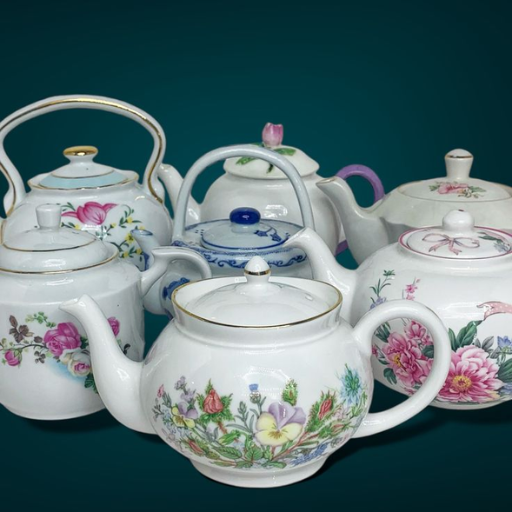
While selecting a teapot, one should not miss out on the following considerations :
- Material: Choose a glass teapot to enjoy watching the brew, a cast iron for it to retain heat, or a ceramic and porcelain for classic steeping.
- Capacity: Match the teapot’s size to suit your serving needs. Individuals may require a smaller equipage to brew tea, and in group settings there are larger options available.
- Design and Features: Make sure to look for easy to use and intuitive designs such as infusers for loose tea or dripless spouts.
- Heat Retention: For those who enjoy tea, an insulated teapot is amazing for keeping the drink warm for long periods.
- Ease of Cleaning: Choose models with wider openings and parts that can be washed in the dishwasher for easier cleaning.
Considering these criteria should help you choose a teapot that meets your practical expectations and individual needs.
Understanding Different Designs and Styles
From a functional viewpoint, every kind of teapot fulfills a specific purpose including aesthetic needs, thus coming in various forms and designs. The elegant looking glass teapots are very popular among users for their ability to retain heat while porcelain glass teapots are considered best for their heat retention and their eye pleasing glass structure. Without any bias, most users adore glass teapots for their clear structures as they pour visually striking teas like blooming tea flowers.
If you are looking for more modern and appealing aesthetic, stainless steel teapots provide a stylish yet durable option. They frequently use double wall insulation. They have also become popular due to their practicality, resembling cast iron teapots from East Asia. These are cherished by the experienced because they retain heat and offer numerous ways to brew tea. Electric teapots are also becoming popular due to their precise temperature settings.
These styles not only reflect varying cultural traditions and technological innovations but also serve different priorities in users which makes them integral in modern experiences in brewing tea.
Choosing Between Ceramic, Porcelain, and Stainless Steel
Thinking of choosing either a ceramic, porcelain or stainless steel teapot? Each of them has unique features, benefits, and intended purposes which must all be taken into consideration. Aesthetically pleasing and traditionally shaped ceramic teapots have always been in demand because of their great heat retention along with the ability to evenly distribute heat, especially for steeping tea leaves that need specific temperatures. They are indeed beautiful, but their delicate nature makes them spout prone to chips.
Ceramics are still far more porous than porcelain teapots, which are lighter and cleaner in comparison. While porcelain works well for green and white teas, which are brewed best under low heat, it also works well because the material does not stain easily and is simple to maintain.
Stainless steel teapots define modern efficiency and emphasize durability, losing porcelain’s effortless charm. They are often double walled, which adds to their protective structures. Many high-end stainless steel options have integrated thermal properties which can keep tea warm for longer without altering taste. Further, these teapots offer high resistance to rust and corrosion which allows for long-term dependability.
Factors to Consider: Size, Capacity, and Functionality
With stainless steel teapots, the size and capacity need to align with their intended use, especially for personal use. Smaller models serve one person around 16 to 24 ounces. In contrast, larger models exceeding 64 ounces serve families and gatherings. When attending to the size, storage space also requires consideration as larger teapots may need more room in cabinets and countertops. Functionality is yet another critical factor that goes beyond basic capacity. Some contemporary stainless steel teapots come with ergonomic handles which stay cool to touch, special convex spouts for controlled pouring, and infusers. The handles make using the teapot easier and improve the brewing quality. Also, some advanced models may work with induction, gas, or electric stovetops which increases their usefulness and practicality.
Where Can You Buy Teapots in Bulk?
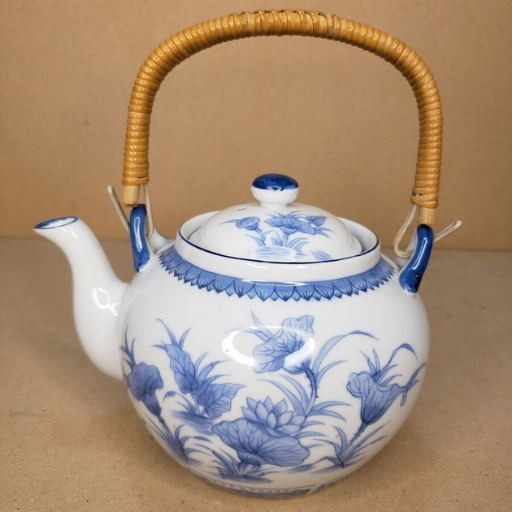
Both online and brick-and-mortar stores offer reliable vendors where you can buy teapots in bulk. WebstaurantStore and RestaurantSupply are examples of online wholesale vendors that focus on selling commercial grade teapots to hospitality businesses. In addition, bulk order shops like Alibaba and Amazon offer a variety of styles and materials. Locally, check with restaurant supply stores or specialty kitchenware shops that sell in bulk as they may offer discounted prices for bulk sales.
Local Shops vs. Online Wholesale: Where to Shop?
|
Criteria |
Local Shops |
Online Wholesale |
|---|---|---|
|
Product Variety |
Limited selection |
Extensive range of styles and materials |
|
Pricing |
Potentially higher |
Lower with bulk discounts |
|
Shipping Costs |
None or minimal |
Can be significant, depending on location |
|
Delivery Time |
Immediate in most cases |
May take days to weeks |
|
Quality Assurance |
Inspect in person |
Rely on reviews or supplier specifications |
|
Customer Support |
Direct and personalized |
Mostly online or through live chat |
|
Flexibility |
Lower for customization |
Higher for tailored bulk orders |
|
Payment Options |
Often limited to cash or card |
Multiple online payment methods available |
|
Return Policy |
Easier to negotiate in-store |
May involve extra shipping and fees |
|
Negotiation |
Possible with direct interaction |
May be limited, often fixed pricing |
|
Convenience |
Physical visit required |
Shop anytime, anywhere |
|
Special Offers/Discounts |
Seasonal or clearance |
Frequent promotions for bulk purchases |
|
Environmental Impact |
Minimal due to reduced packaging and transport |
Higher due to shipping and packaging waste |
Tips for Finding the Best Deals on Teapots
- Compare Prices Across Multiple Retailers
Purchasing teapots online offers a unique experience, as some websites extend seasonal discounts exclusively to newsletter subscribers. While seasonal discounts at physical stores are unmatched, online retailers have the upper hand providing discounts 10-20% cheaper than local retail shops on a wider range of items.
- Subscribe to Newsletters from Popular Sellers
Purchasing merchandise through newsletters isn’t limited exclusively to offline newsletters advertisement; online retailers also provide early-sale access for email subscribers, which can go as far as 15% on seasonal collection’s release.
- Look for Multi-Purchase Discounts
Many sellers offer multi-purchase discounts for buyers looking to buy teapots in bulk or along with associated products like tea sets. E-commerce reports show that these discounts are common for bulk orders and range from 5-10%.
- Leverage Cashback and Coupon Platforms
Coupon websites and apps, as well as cashback websites like Honey and Rakuten, offer users extra savings. Research shows that when these sites are used properly, the average user saves around 8% off their total spending.
- Monitor Seasonal Sales and Holiday Promotions
One can find the lowest priced teapots during peak sales periods such as Black Friday, Cyber Monday, and end-of-season clearance sales. Historical insights suggest these sales usually offer anywhere between 20-50% off.
How to Host a Tea Party with Bulk Teapots?
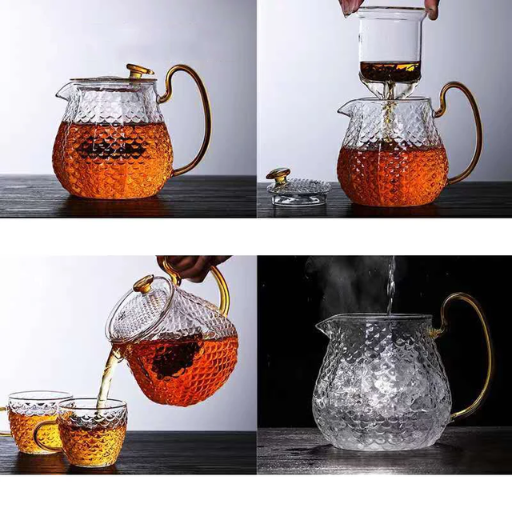
- Plan Your Guest List and Theme
Think about a “Victorian Tea” or “Modern Minimalist” themed tea party to match your decorative pieces and teapots while also keeping in mind the number of guests to fill the prepared teapots.
- Select Appropriate Teas
Cater to different preferences by offering a diverse selection of teas. Popular options include black teas, herbal and green teas. Remember to label each teapot to indicate the type of tea inside.
- Prepare Complementary Food Items
Accompany tea with scones, sandwiches, and pastries to serve finger foods that elevate the experience and pair nicely with tea.
- Set Up a Functional Table Layout
When filling all the tables, arrange all the teapots within easy reach so guests can easily pour themselves tea without any surging and provide all the needed articles like cups, saucers, and spoons while also keeping in mind decorative items like the themed napkins.
- Maintain Temperature and Refills
To maintain the tea at its ideal serving temperature, consider using insulated teapots or tea warmers. Pre-preparing some tea will allow for quick and easy refilling of the teapots during the event.
Focusing on the warm atmosphere and the practical setting will work wonders for guest enjoyment. This charm is sure to impress guests.
Choosing the Right Teapot for Your Tea Party Theme
While choosing a teapot for a given tea party theme, it is important to merge practicality and beauty which entails considering certain elements. To begin with, the shape and the material need to be evaluated. For traditional or vintage themed tea parties, ceramic and porcelain teapots are versatile and good heat retainers. For more rustic or Asian influenced gatherings, cast iron teapots are more durable and also excellent at retaining heat. If the gathering is more modern and minimalist, glass teapots allow the tea to be on display and shines with herbal and blooming teas.
With regard to the number of guests, the size and capacity of the teapot is also important. While smaller teapots may serve more intimate settings well, larger teapots are practical for larger groups. The style and adornments should align with the main theme so that the teapots with garden florals for the garden party or sleek monochrome for stylish elegance. These elements not only serve functionally but also visually, adding to the splendor of your tea party.
Serving Different Types of Tea: Black, Green, and Herbal
Black and green as well as herbal teas are different from one another in their serving and requirements. Thoroughly understanding their differences can enhance your craving and your guest’s taste. Served as a robust drink, black tea requires a brewing temperature of 200°F to 212°F which is around 93°C to 100°C. Brewing for at least three to five minutes will give arising rich tannins their full potential to develop and help in gaining the distinct flavor black tea is known for.
Herbal teas need to be handled with care. Green tea requires more care at 160°F and 180°F (71°C to 82°C) for 2-3 minutes, showcasing its grassy but nuanced flavors. If brewed too hot or steeped too long it turns bitter, losing its refreshing qualities.
In comparison with the earlier two types of tea, the later one lacks caffeine, herbal tea consists of a range of flowers, herbs, and fruits which gives this tea a unique blend. While true teas made from the Camellia sinensis plant show precision in steeping temperature, herbal teas can be brewed at higher temperatures of 200°F-212°F(93°C-100°C) for around five to seven minutes. Taking five to seven minutes allows infusions made from diverse chamomile or peppermint flavors to develop.
By getting the temperature right and controlling the steeping time, you can efficiently elevate the tea’s taste and fragrance while reflecting your attention to detail and quality for a delicate tea experience.
What Should You Consider When Ordering Teapots Wholesale?
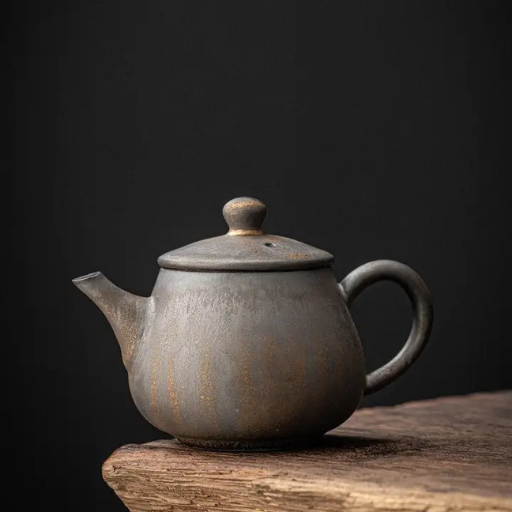
When ordering teapots in bulk the following considerations would be noted:
1. Choose materials such as stainless steel, porcelain and ceramic that are heat retentive, durable and serve the purpose of the audience you have in mind. The design, style, and durability of the product will all be influenced by the material used.
2. Capacity and Design: Analyze the selected size and design options for compliance with customer preferences. For instance, larger teapots are meant for group settings as smaller ones are for personal use.
3. Supplier Reputation: Engage with suppliers who are known in the industry to offer consistent quality and dependable customer service. Check other customers’ reviews or request for sample pieces before bulk order placements.
4. Pricing and Minimum Order Quantities: Examine the different offered pricing tiers and ensure that minimal orders do not hamper business objectives. Confirm that these specifications complement business operations.
5. Compliance and Safety Standards: Check the teapots for compliance with food safety standards and local regulations, particularly pertaining to their usage at high temperatures.
These considerations will help you make sound business decisions while ensuring that customer expectations with regards to teapots are met.
Understanding Minimum Order Quantities and Pricing
It is critical to analyze operational capability and sales forecast when evaluating minimum order quantities (MOQs) alongside pricing strategies. MOQs are generally set by manufacturers to facilitate efficiency in the production process. For buyers, fulfillment of higher MOQs translates to reduced per-unit costs, but also demands greater upfront investment and storage capacity.
Perceived production costs, competitor pricing, and value estimation by the target audience can help establish an optimal pricing model. Moreover, these bulk purchases also provide avenues to negotiate discounts or favorable terms for exceeding MOQ requirements. Underestimating total profitability and overestimating financial risks can occur when there is a failure in tracking unit price, shipping, customs duty, and other additional fees which collectively form the cost of landed goods. Additionally, not accurately calculating landed cost can lead to gaps in estimating profit.
In further refining approaches towards MOQ and pricing, market trends alongside data driven insights can prove helpful in ensuring that business goals are achieved without overstretching resources. Supplier negotiations, customer demand, and overall costing should drive these decisions while creating balance between cost control and revenue generation.
Shipping and Handling for Bulk Orders
Active management of bulk orders relies heavily on the shipping and handling processes. Looking into this area involves considering multiple shipping companies to evaluate which one meets the requirements of volume shipping and timely delivery. Elements such as dimensional weight pricing, fuel surcharge, bulk order discount and others specific to a carrier should be part of the overall cost calculation. Furthermore, protective packaging measures for the goods are essential in preventing loss and damage.
Utilize the available logistics and supply chain management software for tracking shipments, thus improving visibility and enabling real-time updates. Integrating freight and warehouse inventory control provide automated streamlining of stock management and help eliminate possible delays. Compliance with all regulatory requirements is particularly crucial for international bulk orders and involves knowing customs clearance, documentation requirements, import and export regulations, and confined borders. Implementing these measures will increase operational efficiency while enhancing customer satisfaction.
Reference Sources
-
Wholesale Teapots in Bulk at WebstaurantStore – Offers a variety of teapots in ceramic, glass, porcelain, and more at wholesale prices.
-
Wholesale Teapots at Christian Art Gifts – Features beautifully designed teapots with great wholesale discounts and no minimum orders.
-
Wholesale Teapots at English Tea Store – Provides bulk ordering options with a dedicated wholesale department for assistance.
Frequently Asked Questions (FAQs)
Q: What should I consider when choosing a teapot for loose leaf tea?
A: When selecting a teapot for loose leaf tea, consider the material (such as ceramic, glass, or stainless steel), the size (measured in oz), the presence of a lid, and whether it includes a tea infuser for easy brewing.
Q: Are porcelain teapots suitable for all types of tea?
A: Yes, porcelain teapots are versatile and can be used for various types of tea, including black tea, green tea, white tea, and herbal tea. They provide a good heat retention, making them ideal for serving different tea varieties.
Q: What are the benefits of using a ceramic teapot?
A: Ceramic teapots are excellent for retaining heat, which helps maintain the temperature of your tea. They also come in various colors and patterns, making them both functional and decorative for your kitchen.
Q: How do I clean my teapot after using it for wellness tea?
A: To clean your teapot after using it for wellness tea, rinse it with warm water to remove any tea residue. For deeper cleaning, use a mild dish soap and a soft sponge, then rinse thoroughly and let it air dry.
Q: What is the difference between a teapot and a kettle?
A: A teapot is used for steeping and serving tea, while a kettle is designed for boiling water. The teapot may have a lid and an infuser, whereas a kettle is typically equipped with a spout for pouring hot water.
Q: Can I use tea bags in a porcelain teapot?
A: Yes, you can use tea bags in a porcelain teapot. However, for the best flavor, it’s recommended to use loose leaf tea with a tea infuser for optimal brewing results.
Q: What types of tea can I brew in a white porcelain teapot?
A: A white porcelain teapot is suitable for brewing a wide range of teas, including black tea, green tea, white tea, and herbal tea. Its neutral color also complements any tea type beautifully.
Q: Are there any whimsical designs available for teapots?
A: Yes, there are many whimsical teapot designs available, including decorated teapots featuring fun patterns or unique shapes that can serve as a conversation starter in your kitchen.
Q: What are the top-selling products in the teapot category?
A: The top selling products in the teapot category often include high-quality options such as stainless steel tea pots, bone china teapots, and ceramic designs that are both functional and aesthetically pleasing.
Q: How do I choose famous-maker teapots for my collection?
A: To choose famous-maker teapots, consider the brand’s reputation, the material used (such as bone china or cast iron), and the design. Look for teapots that match your personal style and meet your brewing needs.

